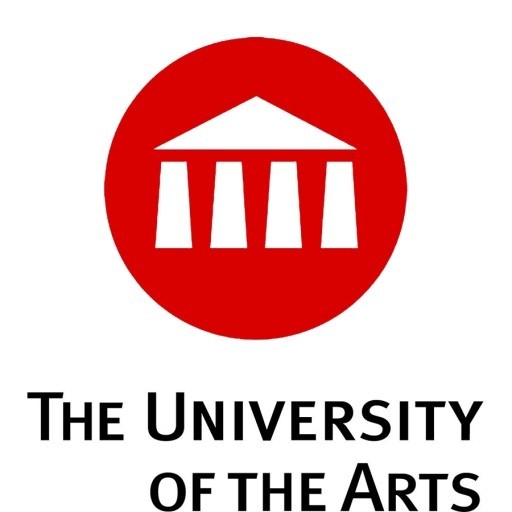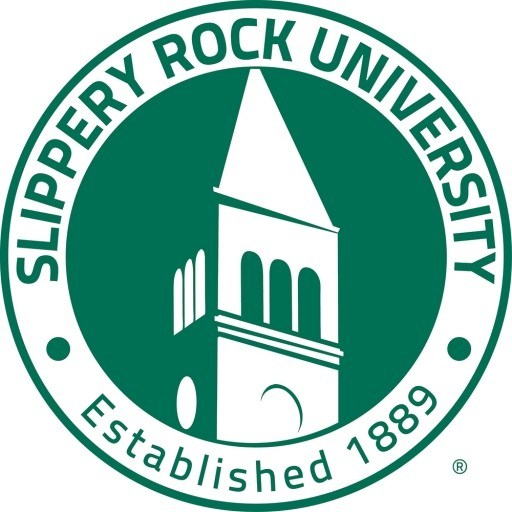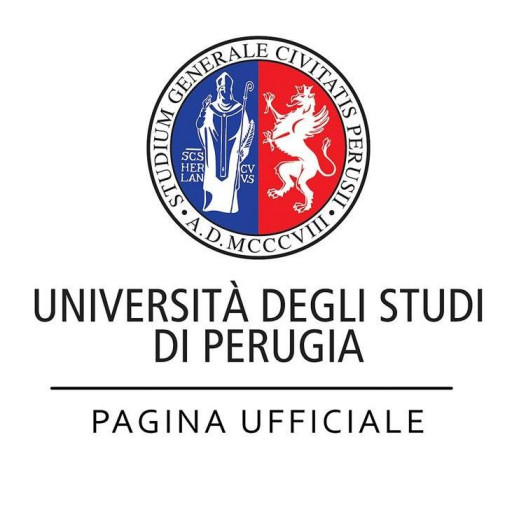Photos of university / #universityatbuffalo
Program Description: The Bachelor of Science in Environmental Design at the University at Buffalo offers students a comprehensive and interdisciplinary education aimed at understanding and shaping the built and natural environments. This program prepares students to address complex environmental challenges through a combination of design, planning, and analysis. Students will explore sustainable development, urban planning, landscape architecture, and environmental conservation, gaining skills necessary for creating functional, aesthetically pleasing, and environmentally responsible spaces. The curriculum emphasizes critical thinking, problem-solving, and innovative design approaches, integrating theoretical knowledge with hands-on practical experience. Through studio courses, fieldwork, and collaboration with faculty and industry professionals, students will develop a keen awareness of the social, cultural, and ecological impacts of design decisions. The program also encourages students to engage with current environmental issues such as climate change, resource management, and urban resilience, fostering a sense of environmental stewardship. Graduates of the Environmental Design program will be well-equipped for careers in architecture, urban planning, landscape architecture, environmental consulting, and related fields, contributing to sustainable development and the improvement of quality of life. The University at Buffalo's strong focus on research and community engagement ensures that students are prepared to serve diverse populations and work on real-world projects that make a positive impact locally and globally. With access to state-of-the-art facilities and a vibrant academic community, students in this program will develop the skills, knowledge, and ethical grounding necessary to become innovative leaders in environmental design.
Upon successful completion of all requirements, the student will have knowledge of:
- Fundamental Skills: Ability to effectively use basic planning and development principles in environmental design;
- Investigative Skills: Ability to gather, assess, record, apply, and comparatively evaluate information related to environmental design challenges;
- Communication Skills: Ability to effectively read, write, speak and listen, and visually communicate ideas;
- Critical Practice Skills: Ability to apply evidence-based design, development, and planning methods and precedents to environmental design processes and proposals; and,
- Graduate School & Entry Level Job Preparation Skills: Students will be well prepared to enter graduate school or an entry-level position in an environmental design related field of study.
For students with no previous postsecondary education experience, University at Buffalo Environmental Design uses similar requirements for departmental admission at the freshman level as the university uses: high school grade point average, completed high school courses, rank in high school class, and standardized exam scores (SAT/ACT). Prospective high school students interested in University at Buffalo Environmental Design must submit an application early in the fall of your senior year of high school. First-time freshman applicants are notified of Environmental Design program acceptance by UB Undergraduate Admissions. Environmental Design students are placed into mathematics, physics, and English courses based upon the following criteria: SAT/ACT/TOFEL scores; Advanced Placement scores; or, completed college courses.
UB requires a minimum TOEFL score of 79 (Internet-based) or 550 (paper-based) in order to be considered for admission. Students scoring between 70 and 78 or 523 and 547 on the TOEFL may be admitted to the university on the condition that they register for and successfully complete additional English courses in their first semester.
The University at Buffalo School of Architecture and Planning in partnership with the university, our alumni, our faculty and staff, and our philanthropic supporters, provides support to our undergraduate students. In addition to tuition scholarships, stipends for travel and supplies, and support for study abroad, our students, like our faculty, are actively engaged in teaching, research and service — and are rewarded for their hard work.
The Bachelor of Science in Environmental Design at the University at Buffalo, The State University of New York, is a comprehensive undergraduate program that prepares students for careers focused on the intersection of the built and natural environments. This program emphasizes sustainable design principles, urban planning, landscape architecture, and architecture, fostering an interdisciplinary approach to addressing environmental challenges. Students engage in rigorous coursework that covers architectural design, environmental systems, ecological planning, and visual communication, among other topics. The curriculum encourages creativity and critical thinking, equipping graduates with the skills needed to develop innovative solutions for sustainable development and environmental stewardship.
Throughout the program, students have opportunities for hands-on learning through studio projects, internships, and research initiatives, often collaborating with local communities and industry professionals. The program also incorporates digital design technologies and building information modeling (BIM) to ensure students are proficient with current design tools and software. The faculty comprises experienced professionals and scholars dedicated to mentorship and advancing sustainable and environmentally responsible design practices.
The university’s strong connections with industry partners and government agencies facilitate internships and employment opportunities after graduation. Upon completing the program, students are prepared for various roles such as landscape architects, urban and regional planners, environmental consultants, and architectural designers. The program aims to produce graduates who are not only skilled in design but also committed to ethical practices and environmental responsibility. By fostering an understanding of ecological principles combined with design skills, the Environmental Design program at UB aims to cultivate professionals who can make meaningful contributions to creating healthier, more sustainable communities and environments.









